Expanded demand for dual-use systems and facilities
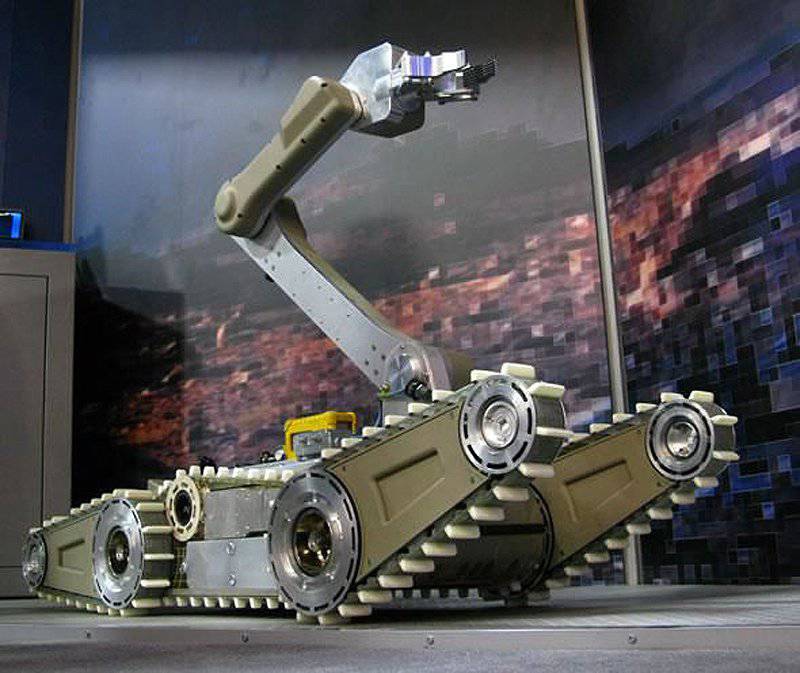
Northrop Grumman Remotec finances new projects primarily with its own funds, including a family of terrestrial robots ANDROS. For quite a long time, its investment approaches and basic design principles have been aimed at developing ground robots that would fully meet the needs of the defense and civilian markets.
The expanding list of “dual use” assets is closely watched by both the military and their partners in the civilian sector. Piloted and unmanned ground vehicles and UAVs are among the means that are involved in an increasing number of tasks in both communities. At the same time, these sectors are very attentive to the possibility of logistics at the “subsystem” levels.
While the military in the active army often wants to have equipment and systems in these adjacent sectors for use by their units, the types and types of troops in most countries must continue to follow the procurement rules of their ministries of defense. Military consumers and their procurement services should also ensure that their purchasing decisions comply with military specifications (MIL SPECS), in particular when considering the purchase of finished products and other products outside the normal military procurement process.
For the Canadian Forces, the decision to purchase a finished product for military or civilian use is usually part of the requirements definition, which is carried out by the army and then transferred to the Public Works Office and the Public Service of Canada for completion.
Sebastien Bois from the press service of this department stressed that in the case of purchasing products for military or civilian purposes, the Canadian Ministry of Defense is responsible for determining their requirements and developing specifications.
Bois added that a product intended for military use could be COTS (commercial ready component) or MOTS (military finished product), or it could be specifically designed for a specific military mission (for example, a new tactical radio station or equipment and software for new tactical operational management system). “In the latter case, the product must meet specific military standards in order to fit into the relevant requirement. Whether it is COTS, MOTS or specially designed in reality depends on the needs of the Ministry of Defense, ”concluded Bois.
The combination of the needs of the military, MIL SPECS and related factors contributes to the fact that the “end product” and its cost differ for military and civilian consumers.
Piloted and unmanned ground vehicles
One of the rapidly developing areas in which the interests of military and civilian end-users intersect is the field of vehicles.
In the ground vehicle sector, Textron Marine & Land Systems (TM&LS) primarily sells its products to the US and foreign military. Approximately 95% of the current sales of this company's vehicles come from foreign armies as part of the Ministry of Defense's program for the supply of military equipment abroad.
Despite the fact that for the most part, you can see only military consumers in Textron’s sales book, this industry giant is also active in the civilian market for homeland security and law enforcement.
Don Tanars, head of business development and strategic planning at TM&LS, said the company has an agreement with MDT Armor to promote and sell the TIGER light armored vehicle to civilian law enforcement and national security forces. “The TIGER is based on the Dodge RAM 550 chassis and is designed for special forces and is more suited to the US road network,” he explained.
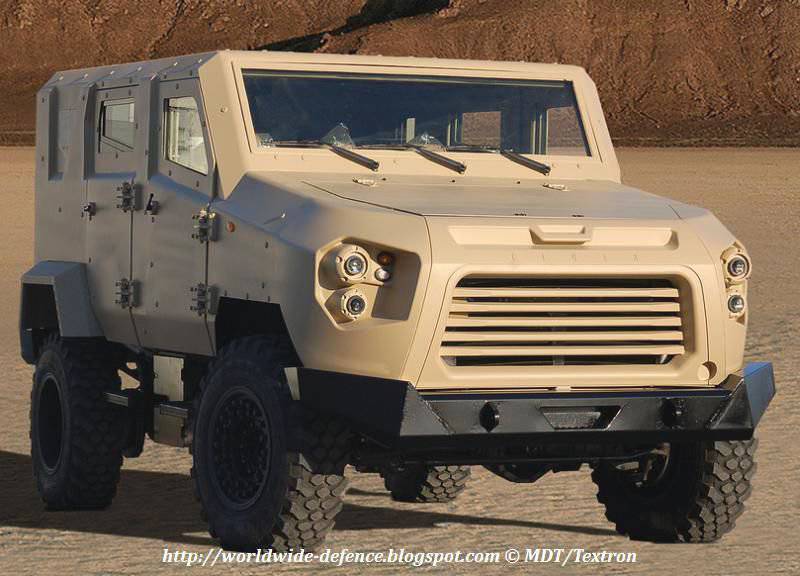
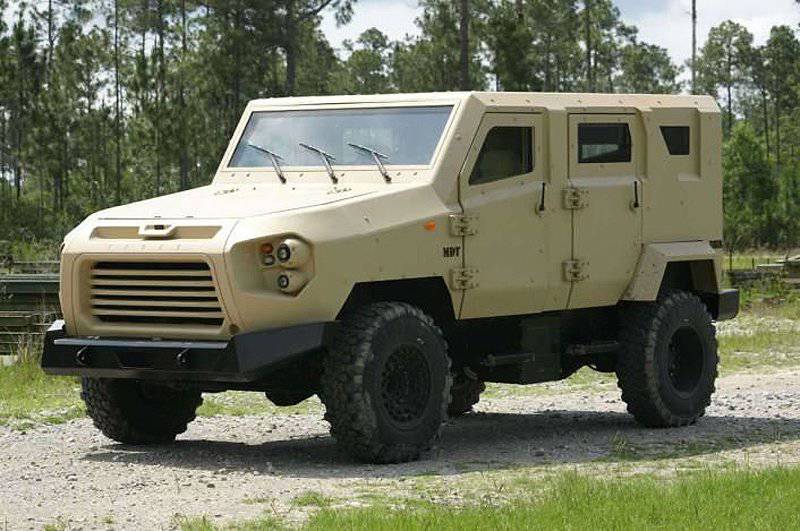
Tiger, developed by Textron M&LS and MDT Armor based on the Dodge RAM 5500 chassis, is a low-cost, protected vehicle with 2-7 seats.
Outside the United States, over the past decade, TM&LS has sold 140 Armored Security Vehicles (ASVs) to the Iraqi Home Office for local security forces (vehicles are painted blue and white).
Tanars was asked about the difference between ground vehicles supplied to military and civilian consumers. He replied that, in general, military vehicles are designed for a wide range of harsh and severe operating conditions. In addition, the expected mix of combat missions, threats, mobility, survivability, and maintainability / maintainability requirements are key factors.
Tanars continued: “These factors are rarely suitable for civilian use, as the cars here for the most part work in less severe conditions, that is, on better roads, and they must meet Federal standards for car safety. In addition, the threats are quite different from those found in military conditions. As a result, the design of machines and their cost will be different. "
Of particular interest, the military periodically sends requests for information to determine if there are any COTS solutions that correspond to certain MILSPECS. “However, due to the unique and diverse conditions of military operation, the rare COTS solution will be able to adequately meet these specifications. As a result, the industry will fight for the development and manufacture of solutions that meet the specified specifications of the military. In some cases, based on operational needs, a serial machine can be selected and modified, corresponding to most of the specifications, ”concluded Tanars.
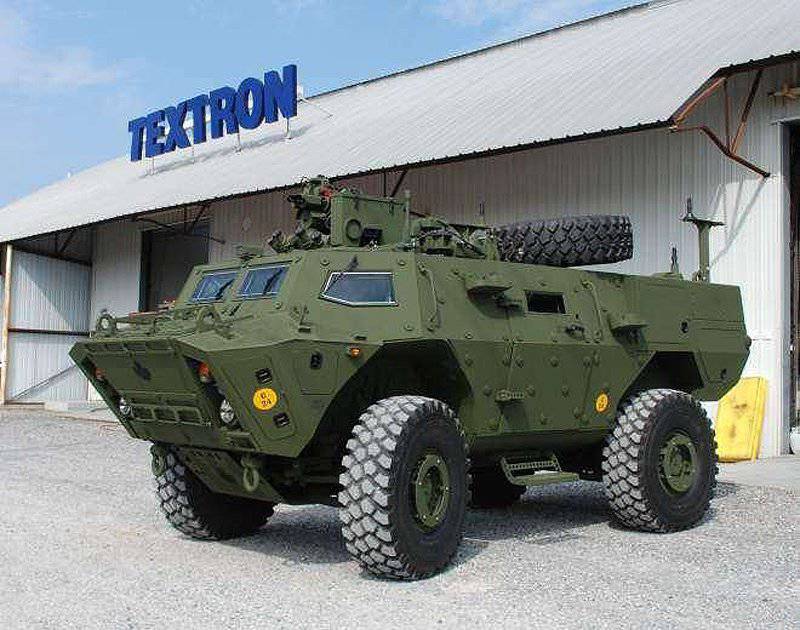
In general, military vehicles are designed for a wide range of harsh and demanding operational conditions. In addition, the expected set of tasks performed, threats, mobility, survivability, requirements for maintainability and maintainability are key project factors.
As for automatic ground vehicles (ANA), here all five Northrop Grumman Remotec devices, forming the ANDROS family, meet the special requirements of both markets. This family includes ANDROS HD Series SEL, F6B, WOLVERINE, Mark VA-1 and the latest ANDROS TITUS. Northrop Grumman Mike Nopp, President of Northrop Grumman, reported on the important principle of his company's business plan. “Since Northrop Grumman Remotec mainly uses the company's tools, including the Andros line, for development, our investment approaches and design principles have for a long time been to develop automatic ground vehicles that fully meet the needs of both markets.”
Nopp explained that his company, responding to the needs of both sectors, “starts from the opposite point of view and with an emphasis on common features, not differences.” In the ANA segment, there are numerous requirements for capabilities that are needed by both civil and military customers of the Remotec. “For example, public safety bomb technicians and military experts in the disposal of explosive objects need to grab and pick up objects. We are trying to include as many common characteristics as possible during the creation and development, especially for such subsystems as chassis, radio communication and the operator’s control unit. ” Then Remotec can meet the individual requirements of different customers, especially for assistive devices, for example, it can be a special sensor, a camera or a neutralization device. “Our approach — a common platform with specific assistive devices — allows customers to quickly adapt their systems to different work scenarios and allows Remotec to more effectively manage their product mix,” he added.
In addition to satisfying overall capabilities, Remotec also works on the unique needs of two consumer communities, military and civilian.
Major differences in requirements relate to unique threats that will have to be dealt with; Combating these threats requires special tactics and tools. “The ANA may also need special modifications, determined by the place where the systems will work,” said Nopp and added. - As already mentioned, our goal is to create a sufficiently reliable and flexible design of the device so that the installation of various auxiliary devices, and not a change in the design of the main system, can meet the specific requirements of the customer. "
UAVs take off in the civilian sector
Recent changes in US law are paving the way for the expanded use of UAVs in the civilian sector of this country.
Insitu strives to enter new market shares after its major successes related to military orders from various countries.
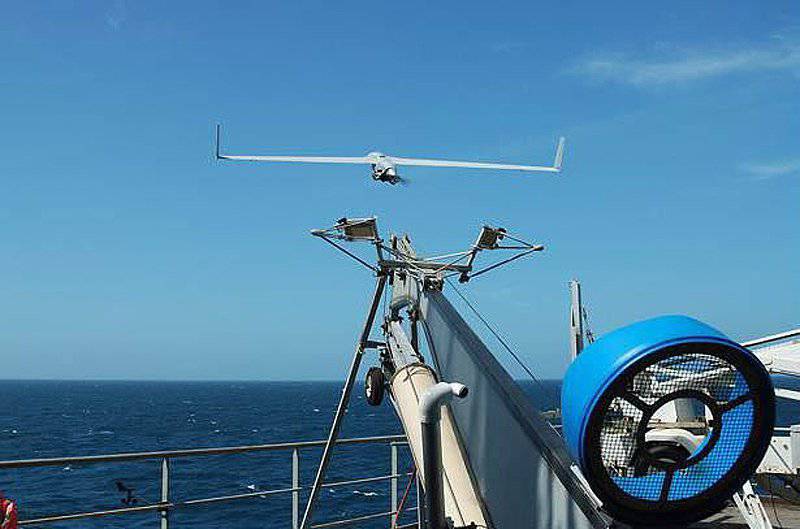
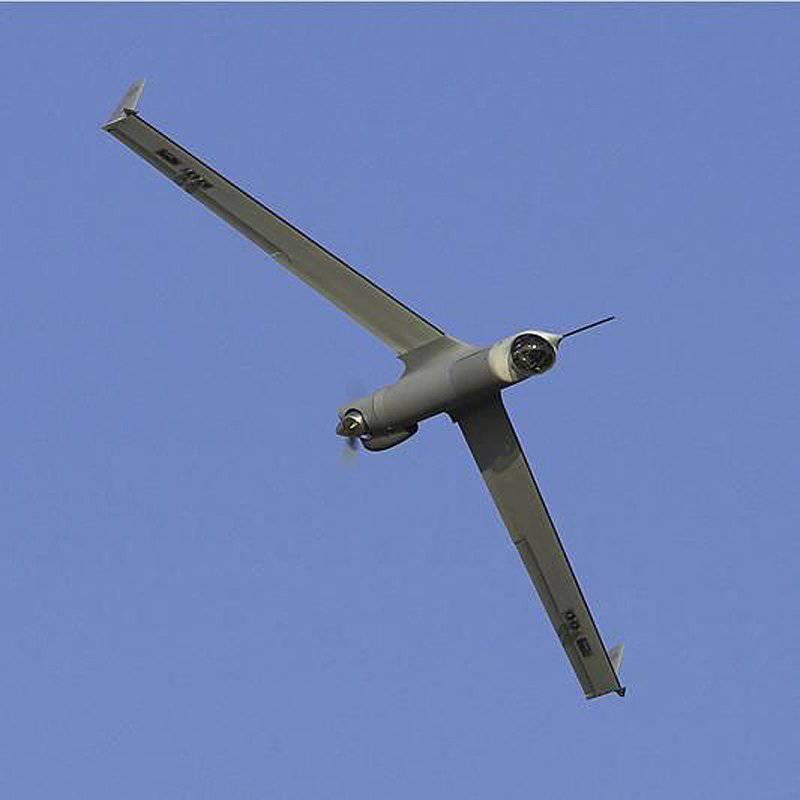
In July 2013, the Federal Civil Administration aviation The United States has issued a type certificate for commercial operations on SCANEAGLE. These and other management decisions open up new opportunities for the police, public and private sector organizations and other entities that will be able to operate UAVs in the next few years.
Video UAV SCANEAGLE
The SCANEAGLE UAV of this company was deployed for the first time by the Marine Corps in 2004. Insitu is currently working with the army, fleetUS Air Force and Coast Guard, as well as land and naval forces around the world, including recently established ties with the Japanese Army and the Italian Navy. “We currently forecast that 60% of our orders in 2014 will come from overseas buyers,” said Paul Allen, vice president of Insitu. As for permits, the Federal Aviation Administration issued a type certificate for commercial operations on July 19, 2013 to Scaneagle. These and other management decisions open up new opportunities for police departments and other public sector bodies, as well as private companies and other organizations that will be able to work with UAVs over the next few years. Allen noted that "this event marks a fundamental milestone in the planned integration of UAVs into national airspace by 2015." Insitu is actively seeking opportunities for the use of its devices, and in this regard, he added that his company "collaborated with a major energy company to conduct the first commercial operations on the coastal waters of Alaska as part of work on promising gas and oil fields."
Allen was also asked to explain the differences in UAVs that were developed for different end users, military and civilian. “The biggest difference you'll see in our systems — civil and military — concerns the type of on-board equipment they carry. Both the SCANEAGLE and INTEGRATOR UAVs are designed for various types of onboard equipment and here we offer options in various categories, including electronic reconnaissance, communications repeater, surveillance, radar and mapping. ” The Insitu EO900 and DUAL IMAGER systems are examples of possible configurations that serve a customer, performing specific monitoring tasks.
Trends in subsystems
In addition to weapons platforms and individual systems, the military and civilian sectors are expanding their interests to subsystem levels.
Indeed, at the end of 2013, Rheinmetall Ballistic Protection announced it had received a number of important orders for its VERHA (Versatile Rheinmetall Armor) protection solution family, including fiber composites and ceramic armor tiles.
Systems and subsystems from Rheinmetall contribute to the defense against ballistic threats to the crews of ships, vehicles and security personnel not only in the military, but also in the civilian sphere.
Insitu's DUAL IMAGER is an optoelectronic station with a mid-wave infrared and optoelectronic sensor. Dual Imager combines the capabilities of the EO700 and MWIR 2 stations, plus a laser pointer added to it. This type of system is an example of a possible configuration that will satisfy the specific tasks of observation. The object is tracked in both ranges (day and infrared), while it does not matter whether it moves or is stationary. The built-in visualization system ensures that you maintain a positive identification even in difficult conditions. Also, the function of cross-information transfer between imaging devices allows you to seamlessly switch from optical-electronic to infrared image and back (in the figure)
Developments
Other companies mentioned in the article also reported on interesting developments for military customers and civilian consumers, which will appear soon.
Insitu responds to a number of UAV customer requirements, including search and rescue tasks, radio reconnaissance, and visual data collection. “We are currently developing 20 types of onboard equipment in these categories,” said Allen. We also just released the latest version of the Insitu Common Open-mission Management Command Command and Control (ICOMC2). It is based on the comments of users who have “flown” a total of more than 700 000 flight hours, and has an open architecture. Thus, third-party developers can deploy their products using our ground control station. ”
In May 2013, Remotec began shipping ANDROS TITUS, the newest and smallest member of the ANDROS line. This lighter, faster, more durable and more intelligent ANA is an innovative project that carries modern technologies and new capabilities in the defense industry and operational response services. Nopp noted that “the user response was extremely positive, and this suggests that TITUS is not only dazzling from a mechanical point of view, but also highly functional and easy to use.”
Remotec is also modernizing hundreds of F6 and HD robots. For F6 (and this is the workhorse of the first responders and military all over the world), the upgrade consists of adding the so-called “Unified Architecture for Unmanned Systems” electronics, a real-time image acquisition function, improved software, and a re-location function.
TM&LS recently received contracts for Canada (Tactical Armored Patrol Vehicle / COMMANDO ELITE armored personnel carrier) and Colombia (COMMANDO Advanced armored personnel carrier). The company is also looking for opportunities to offer its machines in Africa, Europe, the Middle East and the Americas.
Materials used:
www.monch.com
www.textronsystems.com
www.northropgrumman.com
www.insitu.com
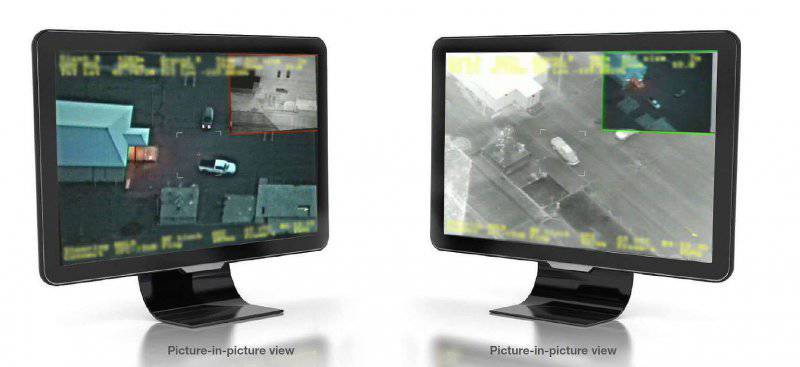
Information